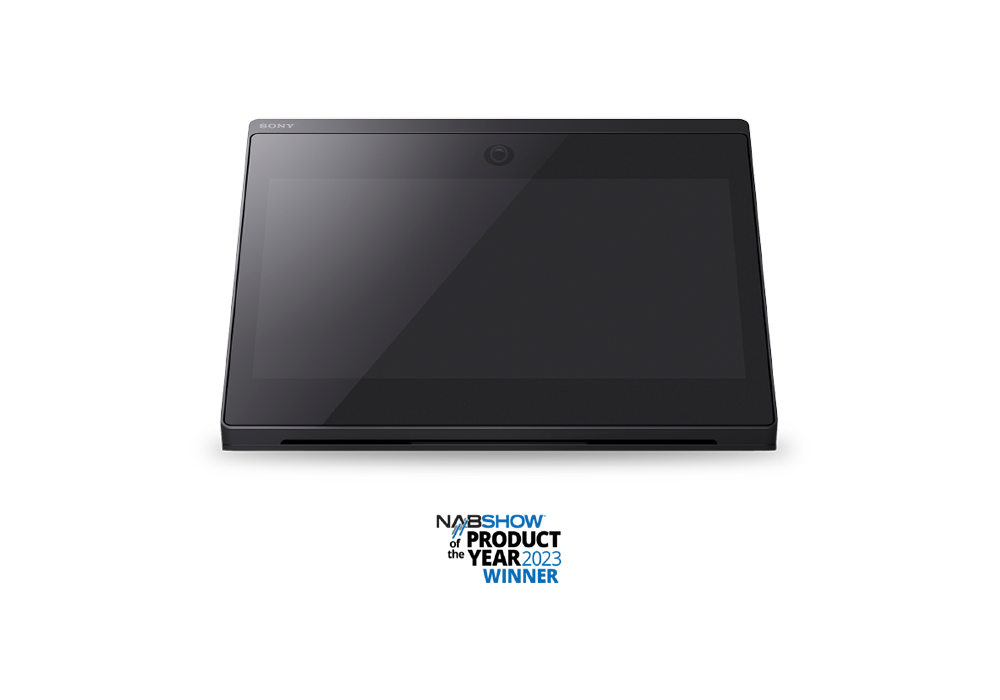
ELF-SR1 Spatial Reality Display
Where imagination becomes reality
Discover a new visual medium.
Sony’s Spatial Reality Display leverages industry-leading high-speed vision sensor technology to enable a glasses-free, high-resolution 3D modeling, and visualization experience. Using the Unity or Unreal Engine SDK, creators can develop VR, AR, and other types of content and bring this content to life using the display.
All you need is your eyes
Our unique eye-sensing technology constantly senses the position of your eyes and delivers a bright, clear 3D image to each one.


Authentic viewing in a 3D display
Content extends deep within the display from any viewing angle. Simply moving around—up or down, side to side—makes you feel like you’re interacting with the content right in front of you.
Unique in configuration and brimming with proprietary technology, the Spatial Reality Display empowers you to see what could never be seen before. For designers, researchers and content creation professionals, the benefits can be profound.
High-speed vision sensor
Sony’s proprietary high-speed sensor follows eye movement down to the millisecond, sensing pupil position through space on all three axes: vertical, horizontal, and even depth.


Real-time rendering algorithm
The Spatial Reality Display leverages an original algorithm for processing real-time content for each eye without lag. This allows the 3D world to appear as smooth as in real life, even if you move around.
Micro-optical lens
The micro optical lens is positioned precisely over the stunning 15.6-inches (diag.) LCD display. This lens divides the image into the left and right eyes, allowing for stereoscopic viewing with just the naked eye.
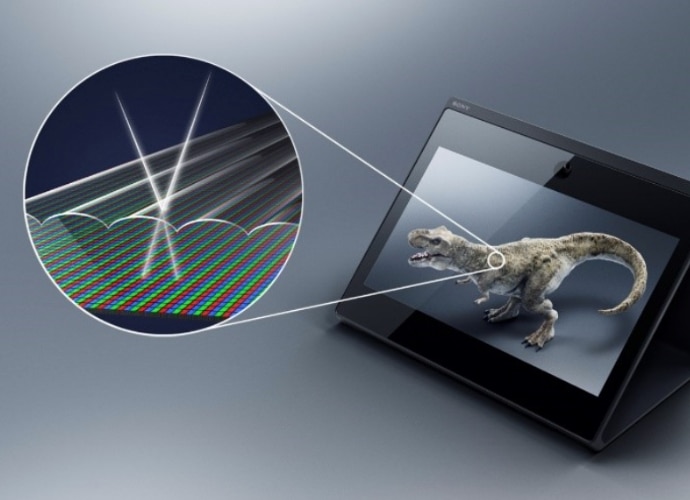

Extraordinary 3D image quality
Discover a new medium and reality. Our legacies of cutting-edge visual and 3D technology combine for an incredible optical experience where detailed texture, high contrast, and luminous brightness come together to create a portal to another world.
Easy to integrate into your workflow
The Spatial Reality Display will fit right in wherever professionals create 3D computer graphics. The system works with a Windows® 10 PC fitted with the CPU and GPU power typical of 3D computer graphics houses.
Sony provides plug-in support for two of the world’s top 3D content production platforms: Unity and Unreal Engine. The ELF-SR1 can also display existing content already authored for Virtual Reality, either directly or with minor modification, depending on the content.
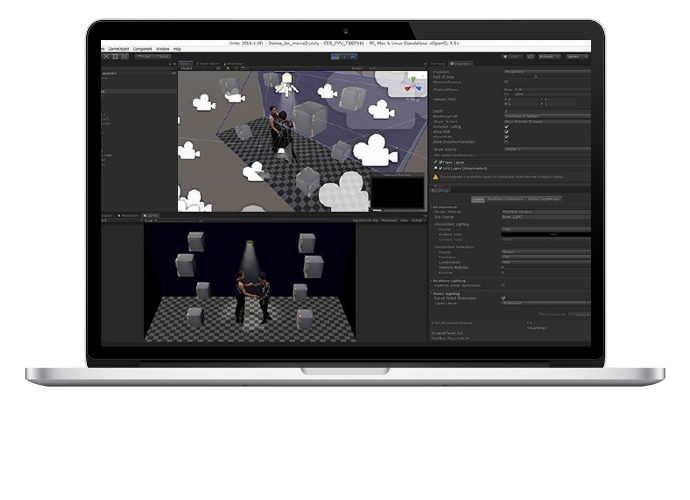
Discover how content creators, game designers and medical professionals are using Spatial Reality Display.
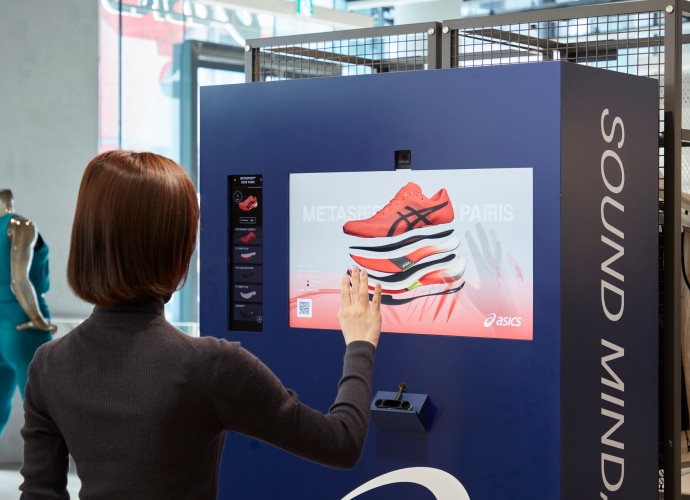
A sportswear producer showcases the latest footwear designs with Sony ELF-SR2 Spatial Reality Displays.

Ideal for review, collaboration, and patient education with the Spatial Reality Display.

LA-based visual experiences creator uses Sony’s groundbreaking Spatial Reality Display to help design thrilling AR-assisted live show.

Sony ELF-SR2 Spatial Reality Displays allow museum guests to explore an interactive virtual 3D model of the culturally significant building.

Nissan’s Motor Global Design Center test drives a Sony Spatial Reality Display.

Spatial Reality Display, a game-changer with simple integration and superb benefits.

Architects develop smartphone app to help clients experience their designs on Spatial Reality Display.

Game studio discovers better ways to evaluate 3D characters, creatures, textures, lighting, colors, and effects with SRD.

Sony Electronics Inc. and Theta Labs launch Web3 Metaverse NFTs in 3D viewable on Sony’s Spatial Reality Display.

Immersive technology studio and creative agency Ralph create an interactive, 3D music video with artist Tate McRae.

Viewtify solution transforms a series of medical images into a 3D shape that doctors can examine in real-time.

Helping dentists and patients visualize outcomes before treatment with Sony Spatial Reality Display.

Honing 3D storytelling skills with the help of Sony’s Spatial Reality Display at American University and showcasing projects at Cannes.
Since the first public demonstrations in 2020, the Spatial Reality Display has generated intense interest across many professions. Feedback from customer trials with evaluation samples has given us a preliminary glimpse at the potential markets.

Car companies are recognizing the potential of this technology. “At Volkswagen, we’ve been evaluating Sony’s Spatial Reality Display from its early stages, and we see considerable usefulness and multiple applications throughout the ideation and design process, and even with training,” commented Frantisek Zapletal, Virtual Engineering Lab US, Volkswagen Group of America, Inc.

Spatial Reality represents a completely new way for designers to preview their 3D creations. After working with a prototype, product designer So Morimoto said, “When I check my designs, I often change the angle of light to check the texture. I naturally tilt my head while I’m looking at things and what is amazing is that this display precisely reflects those natural movements.” Product designer and mechanical engineer Tatsuhito Aono said, “Even when working remotely like between Tokyo and Shanghai … we could share designs with this kind of presence.”

Architects are constantly striving to communicate 3D concepts. “This really feels like a step toward remotely communicating in shapes and being able to send ‘things’ to many different people,” said Keisuke Toyota, co-founder of noiz, an architecture practice in the Meguro section of Tokyo.
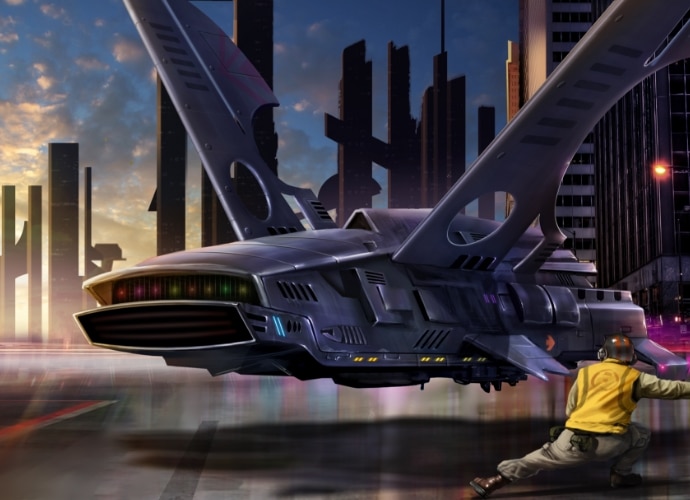
Compatible with the Unity and Unreal Engine platforms that so many game developers are already using, the Spatial Reality Display is a natural fit for both conventional 2D and VR projects. You can readily evaluate 3D attributes without leaving your work environment.

We sent a sample to The Mill, a leading production studio with offices in London, New York, Los Angeles, Chicago, Berlin and Bangalore. According to Dan Philips, executive producer of emerging technology, “You’re literally looking at magic happen on the screen, wondering how it’s working. Every single person I’ve seen observing this display is just like, ‘I’ve never seen anything like it.’” Sony Pictures Entertainment and Columbia Pictures subsidiary Ghost Corps worked on Ghostbusters: Afterlife. Says Eric Reich, brand and franchise executive at Ghost Corps, “The display offers a new approach to visualizing concepts and characters, making understanding the finished product that much easier.”

